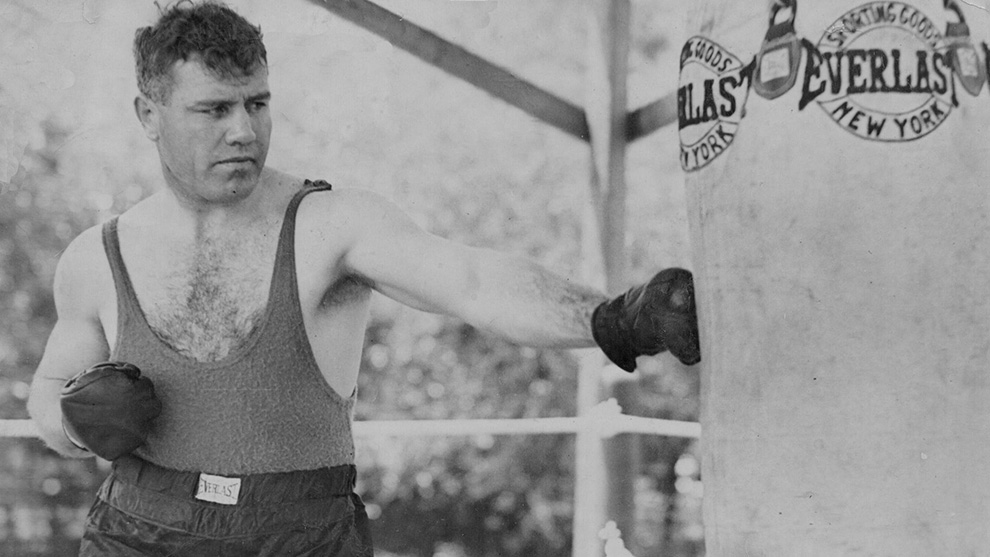The story of Gene Tunney’s challenger Tom Heeney’s trips to London
I HAVE to agree with Steve Bunce, who stated in his column (September 29) that Gene Tunney is “arguably, the most overlooked and under-appreciated heavyweight world champion”.
I think that he would have beaten a prime Jack Dempsey, who was past his best when he twice outpointed in 1926 and 1927. Gene only defended his title twice, the famous ‘long-count’ victory over Dempsey in Chicago in September 1927, and an 11th round stoppage of the New Zealand hard-man, Tom Heeney, 10 months later at the Yankee Stadium in New York.
Heeney has not gone down as one of the greatest of heavyweight title challengers, and he was comprehensively beaten by the champion in his one attempt. At the end of the previous year, however, the Everlast Record Book, at the time the leading authority on boxers records and rankings, had him as the fifth best heavyweight in the world behind Tunney, Dempsey, Jack Sharkey and George Godfrey. Like so many other boxers from what were then ‘the colonies’, Tom had come over to the UK to take his career to the next level. Our shores were then a stepping-stone for such budding talent and, provided they made sufficient impact, the next stage for them was America.
Heeney boxed seven times in London between 1924 and 1926 and he also fought once in Dublin. His results were mixed, but when he arrived in the States in early 1927 his career took off, culminating in his bout with Tunney. What of his UK career then? Upon arrival he was due to box on the ill-fated show at Wembley Stadium featuring Tommy Gibbons and Jack Bloomfield. This show was such a financial disaster that Tom might not have been paid even if he had fought on it. His first contest took place at The Ring, Blackfriars, against Phil Scott, the future British champion. Tom lost on points after a dour twenty-round struggle. The BN report was scathing, “Heeney lay on a lot and held some, proved that he is game, strong and tough, but beyond the display of some skill in turning his head out of the way of punches, had clearly no notions of the arts of either attack or defence.”
His next contest did not improve matters. His 15-rounder at the same venue against the Belgian, Franz Hendrickx, was declared no contest in the sixth due to both men holding. It was an awful affair. Reduced to 10-round status Tom then won against Jim Young of Brixton by fourth round knockout at the National Sporting Club. Some thought that he had found his level. Tom then lost closely to George Cook, Australia’s leading heavyweight, at Premierland, in another 20-rounder in front of a sparse house. Tom wasn’t exactly setting the house on fire with his performances and when he beat Charlie Smith of Deptford by disqualification at the Royal Albert Hall in March 1926, few observers would have believed that they were looking at a future world title challenger.
Tom saw out the year with his final four contests over here. He outpointed the British light-heavyweight champion over 10 at The Ring and then lost another contest with Phil Scott at the Dell, Southampton, then the home of the football club. Originally Scott had been due to meet Joe Beckett, the local favourite, and with Heeney coming in as a late substitute the promoter lost a lot of money. Tom then beat Bartley Madden, an Irish-American, at Croke Park, Dublin before outpointing Jack Stanley. In their report of this contest BN referred to both Heeney and Stanley as “heavyweights without a punch”.
Tom then left for America where he suddenly found his form. He beat Jim Maloney, Johnny Risko and Jack Delaney and drew with Jack Sharkey to climb the ratings and seal his bout with the champ.
When he retired, in 1933, he had won only 37 of his 67 contests, but he had fought for sport’s richest prize.
